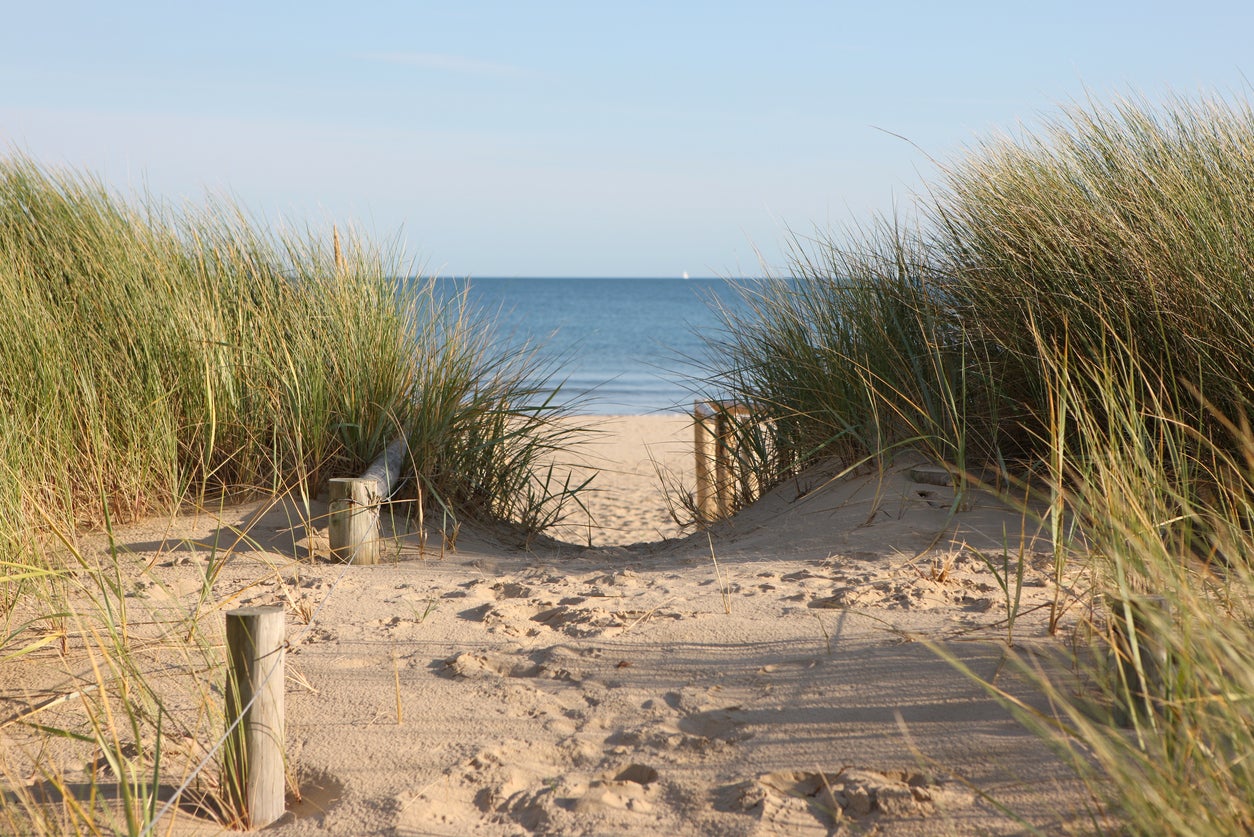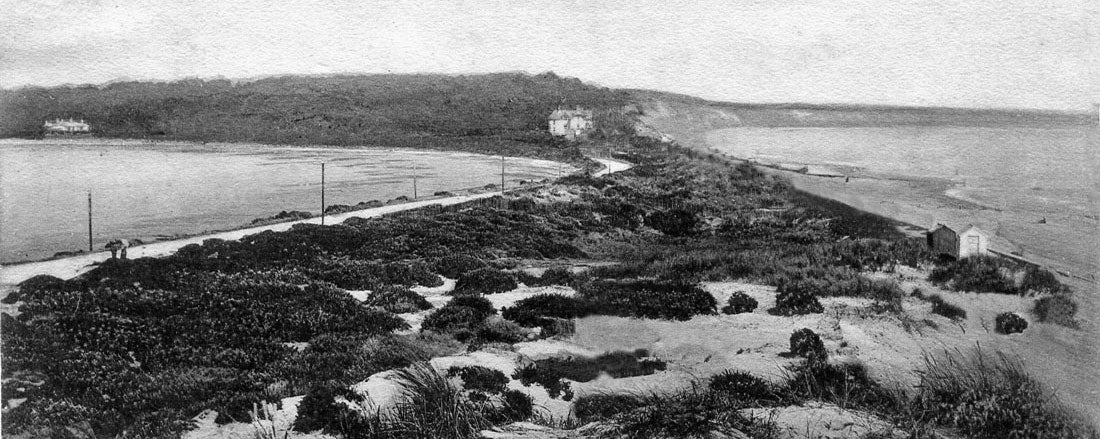A coastal council is asking for the views of Sandbanks residents on how to manage the future of sand dunes.
The question has arisen of how they should prioritise managing the height of the dunes so they do not block the sea view, while also protecting the region’s sand lizards and vegetation on the dunes.
The average asking price for a property in Sandbanks in 2024, according to Rightmove, is over £1.5 million. Former residents and property owners include football stars Harry and Jamie Redknapp, celebrity chef Rick Stein and Beatles legend John Lennon.
The Bournemouth, Christchurch and Poole (BCP) council has warned that having sand dunes on their coastline has brought a number of unique challenges, such as the trampling of the dunes by visitors and tourists that can reduce vegetation as well as its height and cover.
The dunes at Sandbanks offer a natural form of protection against coastal erosion and property damage, as well as serving as a habitat for protected species.

The council has also considered how to manage the height of the dunes so they don’t block the sea views of the expensive properties on the shoreline, while making sure they are not too low so they do not reduce the privacy of the buildings.
Another challenge noted was the issue of stormy weather blowing sand onto the promenade, beach huts, buildings, and properties that may not have been designed to withstand the brunt of it building up against them.
Beach accessibility was also pinpointed, as some access paths have become buried by sand, preventing easy access to the beach. Alongside the protection of the lavish row of properties that line the Sandbanks coast, the council also say that storms could cause the dunes to erode, reducing the coast protection.
The dunes are home to sand lizards and other protected species, meaning the council has a legal duty to protect the sand dune habitat for their benefit. However, this could limit how they manage the different challenges dunes provide.

They were first regenerated in the area in 1996 and again in 2001 after a series of south-easterly storms in 1991 reduced the amount of sand and led to lower beach levels, meaning emergency works had to be implemented, the council said.
Twentieth-century development on the stretch of land also contributed to the loss of habitat, and the coastline experienced problems of coastal erosion.
While the dune development in the area has been successful, the council is now seeking a new management approach to control the dunes, which have grown in size over the past two decades.
Sandbanks residents are no strangers in helping guide decisions in the affluent area, as the locals recently voted 96.6 per cent in favour of banning overdevelopment along the peninsula.
The Sandbanks Neighbourhood Forum proposed to restrict future work to limit the building of future homes that would impact sea views. The BCP council confirmed the result in July.
For more travel news and advice, listen to Simon Calder’s podcast








